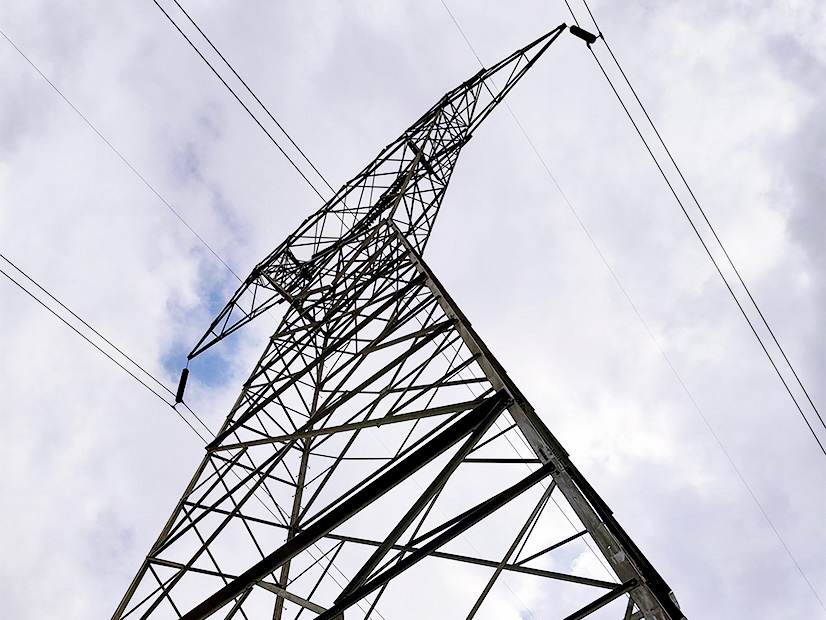Americans for a Clean Energy Grid (ACEG) released a report Sept. 9 highlighting the critical role states can play in modernizing and expanding the grid.
FERC has jurisdiction over interstate transmission, but states play a crucial role in comprehensive and cost-effective transmission planning and development. The report is meant to inform state policymakers and advocates by offering examples of impactful policies, and it emphasizes the importance of interstate collaboration.
The report is based on surveys and a series of interviews with transmission experts, including advocates, utility staff, developers and state legislators.
“As they look to unlock economic development and support affordable energy for their communities, states can play a significant role in supporting transmission and collaborating with their neighbors in order to develop a better grid,” ACEG Executive Director Christina Hayes said in a statement. “The policies highlighted in this report offer a road map for states looking to lead on this critical issue.”
The report, “State Policies to Advance Transmission Modernization and Expansion,” noted that no policy panacea exists for states because of their differences, but it suggests supporting the principles of reliability, resilience and affordability. Coordination among all levels of government is important, including within the state, with other jurisdictions and in the regional planning process, along with other interested parties.
States should promote comprehensive and coordinated regional and interregional grid planning that fully considers transmission modernization technologies and transmission expansion options, with longer time horizons, to pick the most cost-effective solutions, ACEG said.
The report also calls on states to facilitate robust and streamlined processes for siting transmission, with early and meaningful engagement opportunities and support for impacted communities.
Some policies can become barriers for transmission development, with the report saying short-term plans do not work well for transmission infrastructure, which can have a lifespan of at least 50 years.
Some planning can fail to account for the benefits provided by an interconnected network, siloing the state so regulators consider only whether electrons are delivered within it. Or they can seek to protect in-state resources at the expense of reliability and customers.
“Notwithstanding the potential for state policies to erect barriers, experts surveyed for this report were excited about the opportunities for increased state engagement on transmission,” the report said. “They encouraged states to [not only] improve … their own state policies, but [also] to collaborate with neighboring and other electrically interconnected states to adopt similar policies to amplify the impact on regional and interregional planning and development.”
On siting and permitting, the report suggests minimizing duplication between a state’s own process and those of the federal government, the region and its individual neighbors. States should maximize the use of existing rights of way, including siting lines alongside train tracks and highways.
When it comes to costs of transmission, the report encourages states to participate in regional and interregional cost allocation discussions. It also suggested using public funding for some lines to minimize consumer bill impacts.
In addition to simply expanding the grid, modernization and the adoption of grid-enhancing technologies (GETs) also is important. The report suggests directing utilities to study GETs and high-performance conductors and, when legally sustainable, to offer such projects incentives.
States could create environments that favor advanced transmission technologies, with the report suggesting states exempt them from permitting requirements or set operational standards that encourage their use.
The report brings up state right-of-first-refusal laws, but it does not take a firm position on them. It notes that proponents believe ROFRs encourage more collaborative planning by utilities and cut the time to competitively bid transmission, but opponents argue that competition encourages innovation and cost effectiveness.
“This report underscores the critical role that states play in modernizing and expanding our nation’s transmission infrastructure,” AEU Managing Director Jeremy McDiarmid said in a statement. “As the backbone of our electric grid, transmission ensures that electricity remains affordable, reliable and resilient. This means states must work together in collaborative transmission planning.”



